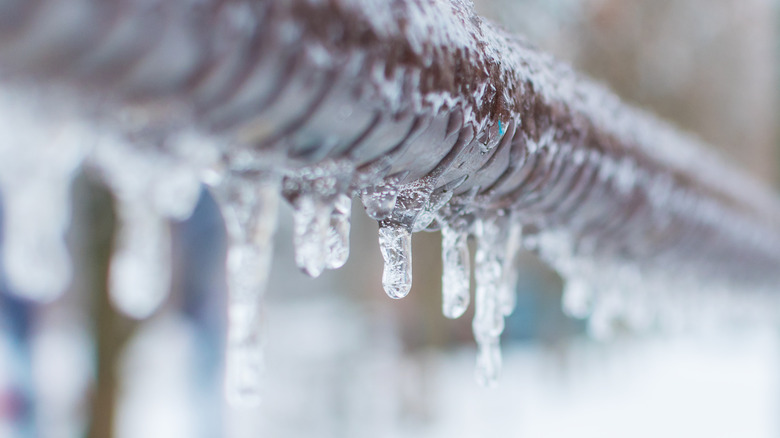Prevent Pipes From Freezing This Winter The Help Of WD-40
Winter brings with it the picturesque beauty of snow-covered landscapes, but it also introduces the risk of frozen pipes. Beyond the financial implications, dealing with frozen pipes can be a major inconvenience. It disrupts daily routines, leaving you without water for basic needs like cooking, cleaning, and bathing. The damage caused by burst pipes can extend to your home's structure, potentially ruining walls, floors, and cherished personal belongings. In this article, we'll explore how WD-40 can be a valuable ally in preventing frozen pipes during chilly months.
Now, you might be wondering, how does WD-40 come into play? It is a versatile household product known for its lubricating and water-repelling properties. Here's how it can assist you in keeping your pipes safe from freezing this winter: Before the cold sets in, apply a thin layer of WD-40 to the exterior of exposed pipes. This acts as a protective barrier, preventing moisture from accumulating on the pipes' surface, and thus reducing the risk of freezing. WD-40 can also be used to thaw frozen locks on outdoor faucets. By keeping these faucets operational, you can easily drain water from exterior pipes, which also reduces the chances of freezing.
Lagging pipes to prevent freezing
When it comes to preventing your pipes from freezing, perhaps you would prefer more traditional methods, like insulation. Insulating your pipes effectively involves wrapping them with materials designed to keep the cold at bay. The insulating material acts as a thermal barrier, preventing the heat inside your pipes from escaping and the cold from penetrating.
There are various types of insulation suitable for different pipe sizes and locations. Foam pipe insulation, fiberglass sleeves, and heat tape are all viable options. Choosing the right material depends on the specific needs of your plumbing system. Proper application is key, so make sure that the insulation covers the entire length of the pipe, leaving no gaps or exposed areas. Pay special attention to corners, joints, and bends, as these are often vulnerable points. Insulating your pipes not only prevents freezing but also conserves energy by reducing heat loss. This can lead to lower energy bills and a generally more eco-friendly home.

